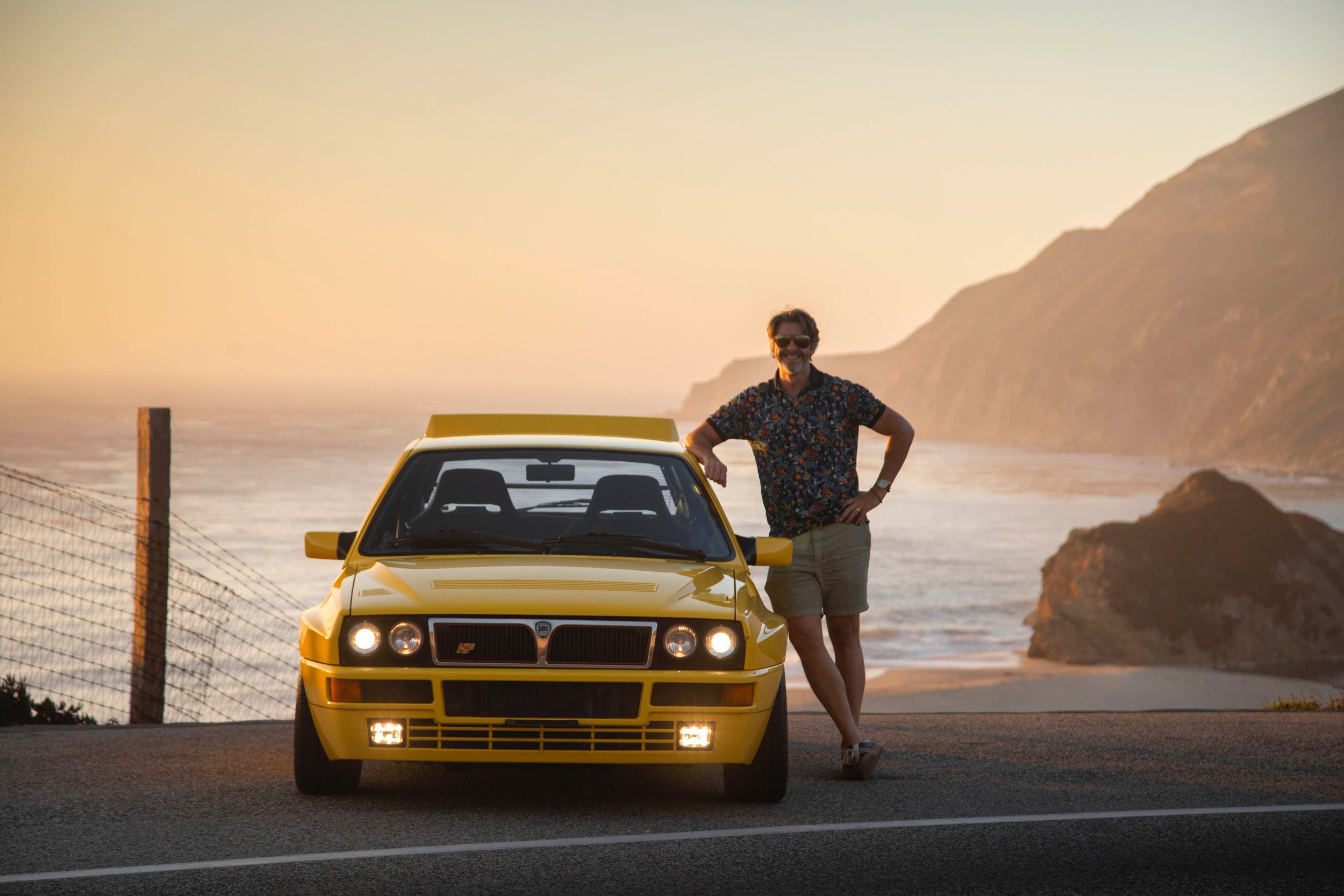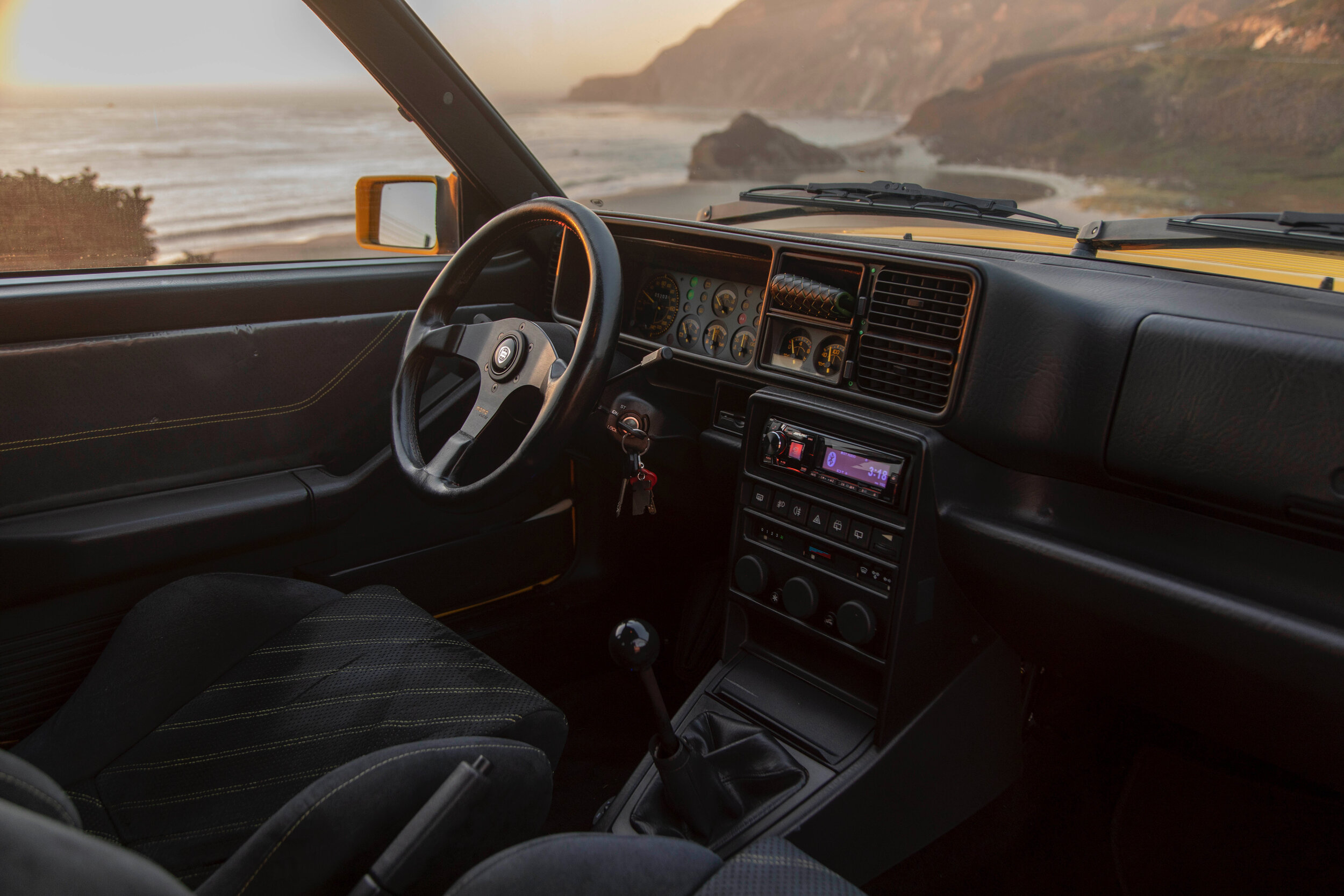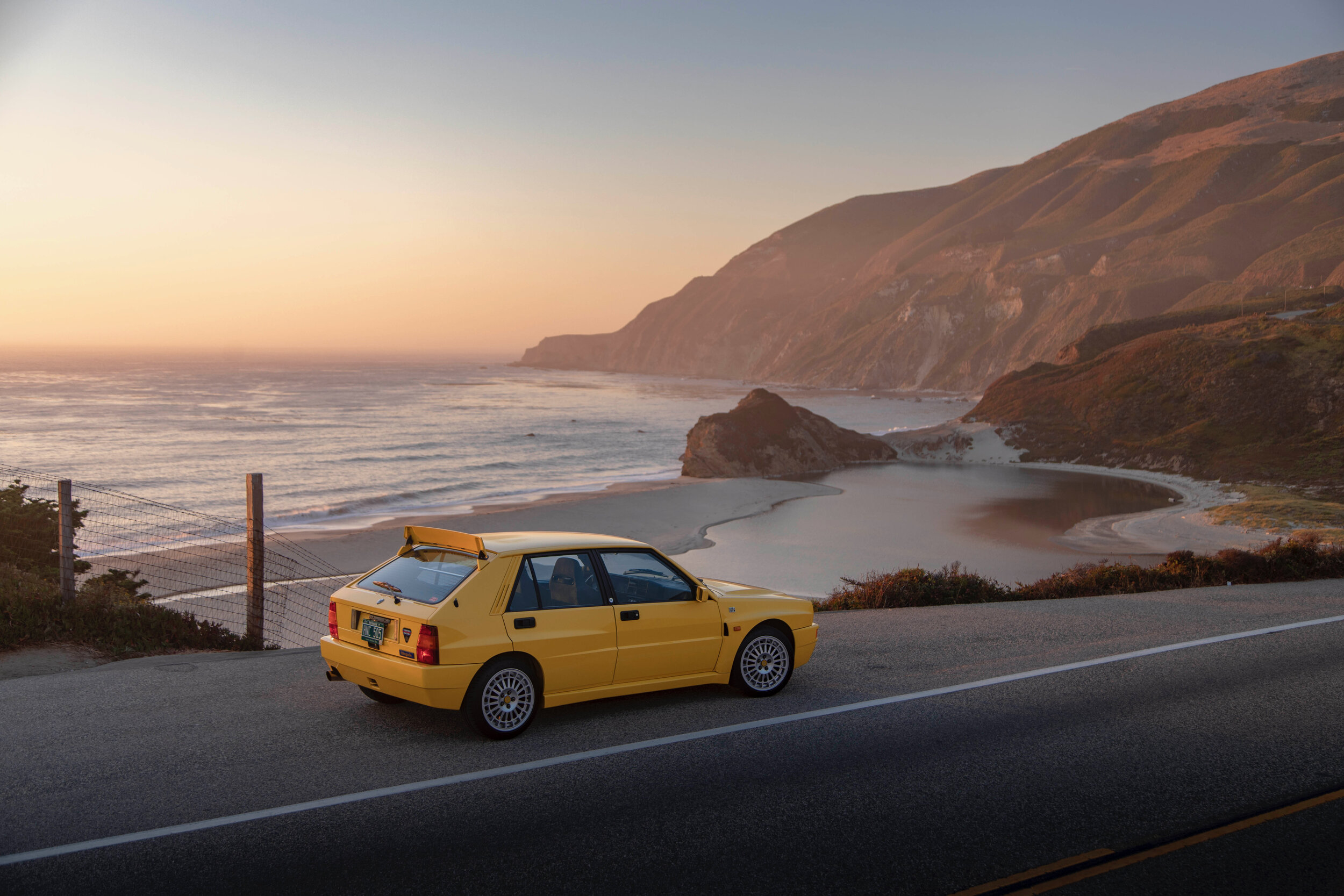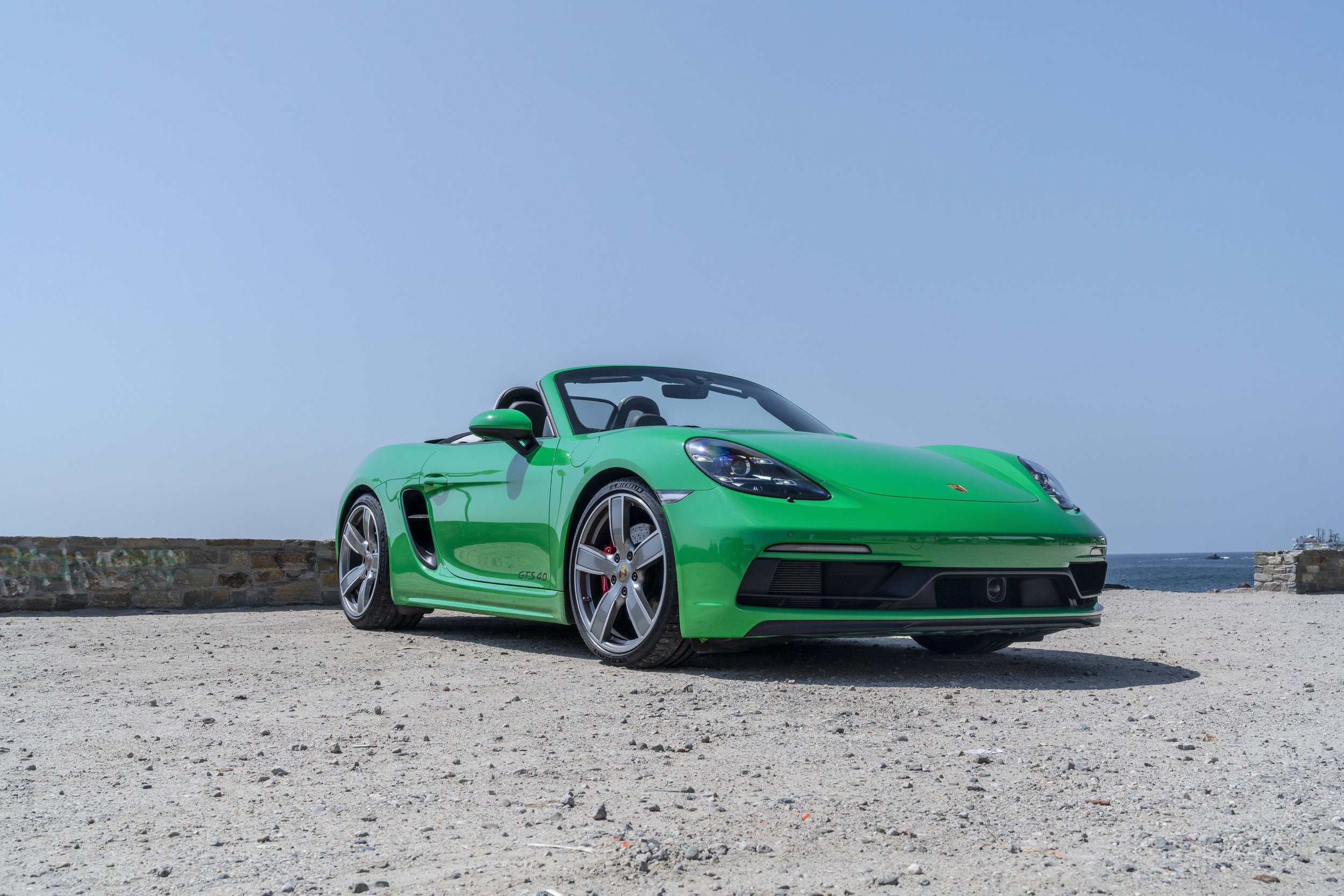
This ‘94 Lancia Delta Integrale 2, a car which requires no introduction for some — and yet will be completely unknown to others — has seen more of the world than I have. It was built in Italy and sold new in Japan, where Integrales are an obsession of sorts for reasons which aren’t entirely clear. It stayed in Japan until 2013 - its incredibly meticulous maintenance paperwork, all in Japanese of course, is so cool, as is the Japanese tollroad transponder installed in a cubby beside the radio - and then was sold and exported to a car collector in Germany. This spring, Euroclassix imported the Lancia via cargo ship, traveling from Bremerhaven, Germany, across the Atlantic, stopping at a few ports along the Eastern seaboard and the Bahamas before crossing the Panama Canal then finally, up to Long Beach, CA, to my loving arms. The journey took just over three weeks and I’m not sure whether I’ll ever be able to remove the various oceans’ salty hard water stains from the car’s windows.
So what’s the Integrale like to own and drive? Totally foreign, which – as these were never sold in North America, but now can be imported under a provision exempting cars aged 25 years and older - is part of the thrill. The driving position in the Alcantara-upholstered Recaro racing seat is like driving a bus, very upright with the Momo leather-wrapped steering wheel more or less flat in your lap. The instrumentation is a haphazard landscape of round yellow Veglia dials, including the speedometer and rev gauge which, as they zero differently at 9 and 3, seem to spin in opposite directions; the fuel gauge swings wildly while cornering, flickering intermittently for more fuel though it still has half a tank. The stalks for the blinkers, wipers and headlamps are flinty and rudimentary; that same headlight switch is also found in the Ferrari Testarossa of the same vintage, and my Lancia’s is presently on the blink, refusing to engage the parking lights when instructed. No shortage of character here.
This beguiling mix of the exotic and the mundane continues when you start the engine and, nothing particularly interesting happens as its four turbocharged and intercooled cylinders settle into rhythm. Pulling away, more of the same docile behavior, that is until you floor the throttle and hit 3000rpm when the turbocharger flips like a switch and the car comes alive. The turbo builds from a subtle whistle to a hollow, shrieky howl — like an angry vacuum attachment, no kidding — boosting you up through the gears, each snap of the short-throw gearbox zing-zing-zinging you on to the next. This car loves tight, twisty roads, making the most of its all-wheel drive system, wide stance and short wheelbase: this is, after all, the winningest rally car of all time, taking the Group A title for six consecutive years between 1986 and 1992. By modern standards, at 215hp, this is not a powerful car, and wringing that power requires strategy to keep the turbo on-boil. When you’re doing your job as a driver and getting everything right, keeping up with this scrappy, tenacious little yellow hellion is no easy task.
There aren’t many Delta Integrales in the US, I’d guess between 20-30 cars in total, though that number will increase as more cars get imported. Being an outlier has its disadvantages: there aren’t many folks here that know how to work on these cars, and I’m just taking a wild guess when I say that mine will need some tinkering from time to time. This car is a totally unique experience, and the smile it brings to my face every time is unlike anything I’ve driven before. To paraphrase Grace Jones, this car’s not perfect, but it’s perfect for me.
I’m excited to be launching video content together with my friend Nick LaKind (@nlakind on IG), and our first video features the Integrale. Check out the Integrale in action together with me and Nick, and please subscribe to The Car Crush YouTube channel for more content!
Photography by Michael Shaffer and Jonathan Klein, a huge thanks to them both.












